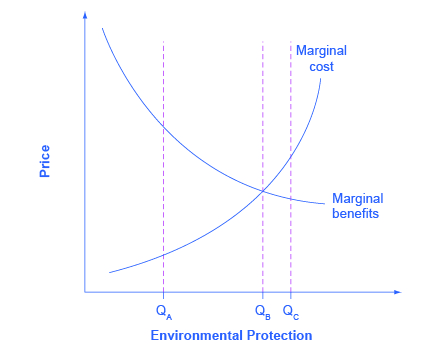| << Chapter < Page | Chapter >> Page > |
Visit The International Ecotourism Society’s website to learn more about The International Ecotourism Society, its programs, and tourism’s role in sustainable community development.
Realizing the attraction of ecotourism, the residents of low-income countries may come to see that preserving wildlife habitats is more lucrative than, say, cutting down forests or grazing livestock to survive. In South Africa, Namibia, and Zimbabwe, for example, a substantial expansion of both rhinoceros and elephant populations is broadly credited to ecotourism, which has given local communities an economic interest in protecting them. Some of the leading ecotourism destinations include: Costa Rica and Panama in Central America; the Caribbean; Malaysia, and other South Pacific destinations; New Zealand; the Serengeti in Tanzania; the Amazon rain forests; and the Galapagos Islands. In many of these countries and regions, governments have enacted policies whereby revenues from ecotourism are shared with local communities, to give people in those local communities a kind of property right that encourages them to conserve their local environment.
Ecotourism needs careful management, so that the combination of eager tourists and local entrepreneurs does not destroy what the visitors are coming to see. But whatever one’s qualms are about certain kinds of ecotourism—such as the occasional practice of rich tourists shooting elderly lions with high-powered rifles—it is worth remembering that the alternative is often that low-income people in poor countries will damage their local environment in their effort to survive.
We can use the tools of marginal analysis to illustrate the marginal costs and the marginal benefits of reducing pollution. [link] illustrates a theoretical model of this situation. When the quantity of environmental protection is low so that pollution is extensive—for example, at quantity Qa—there are usually a lot of relatively cheap and easy ways to reduce pollution, and the marginal benefits of doing so are quite high. At Qa, it makes sense to allocate more resources to fight pollution. However, as the extent of environmental protection increases, the cheap and easy ways of reducing pollution begin to decrease, and more costly methods must be used. The marginal cost curve rises. Also, as environmental protection increases, the largest marginal benefits are achieved first, followed by reduced marginal benefits. As the quantity of environmental protection increases to, say, Qb, the gap between marginal benefits and marginal costs narrows. At point Qc the marginal costs will exceed the marginal benefits. At this level of environmental protection, society is not allocating resources efficiently, because too many resources are being given up to reduce pollution.


Notification Switch
Would you like to follow the 'Principles of economics' conversation and receive update notifications?